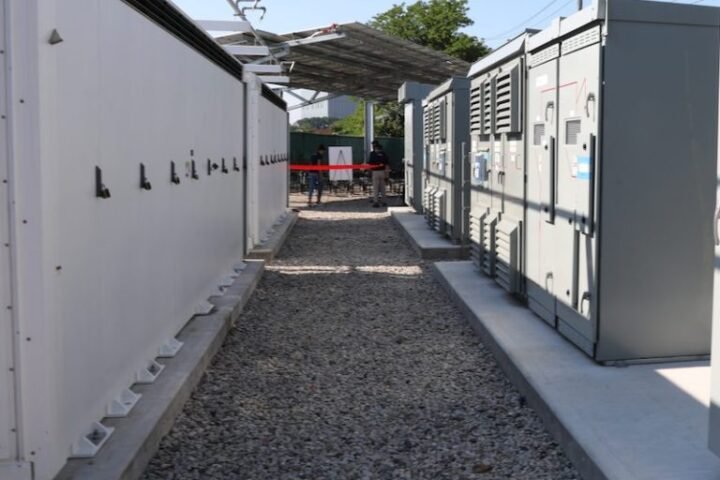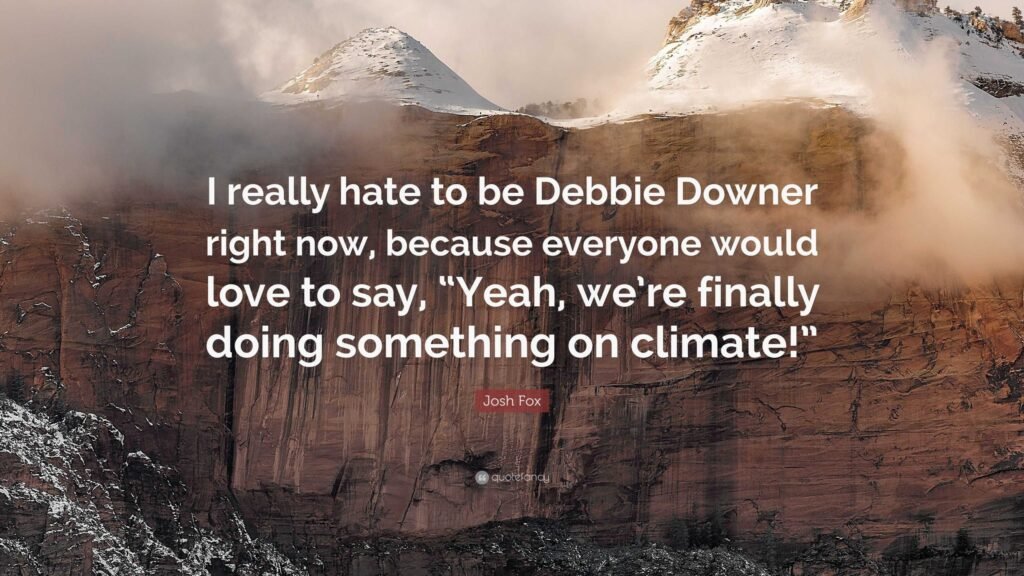Summary
- Wind and solar combined added more new energy to the global mix in 2023 than any other source for the first time in history.
- Despite this, record global demand for energy saw coal and oil also reaching new highs, leading to another record in global carbon emissions.
- The continued growth of wind and solar energy, along with reductions in coal use, could potentially lead to a peak in global CO2 emissions in the near future.
In 2023, wind and solar combined added more new energy to the global mix than any other source, for the first time in history, according to Carbon Brief analysis of newly released data.
Nevertheless, record global demand for energy saw coal and oil use also reaching new highs last year, the Energy Institute Statistical Review of World Energy 2024 finds.
This pushed global carbon dioxide (CO2) emissions to another record in 2023, the world’s first full year with no impact from the coronavirus pandemic, the data shows.
Key figures from the report include:
- Global energy demand reached a record high of 620 exajoules (EJ) in 2023, with annual growth of 2.0%, slightly above the 1.5% per year average for the last decade.
- Wind and solar together were the largest source of new energy in 2023, adding 4.9EJ or 40% of the increase overall. The rest of the net increase came from oil (+4.8EJ, 39% of the increase), coal (+2.5EJ, 20%), nuclear (+0.4EJ, 4%) and other non-hydro renewables (+0.5EJ, 4%), while gas stayed flat and hydro declined (-0.9EJ, -8%).
- Global energy use from coal grew 1.6% year-on-year to a record high of 164EJ, passing the previous record of 162EJ, set a decade earlier in 2014.
- Global energy use from oil grew 2.5% to a record high of 196EJ, comfortably above the previous high of 193EJ set in 2019, before the coronavirus pandemic.
[...]
Read the full post at Carbon Brief.





